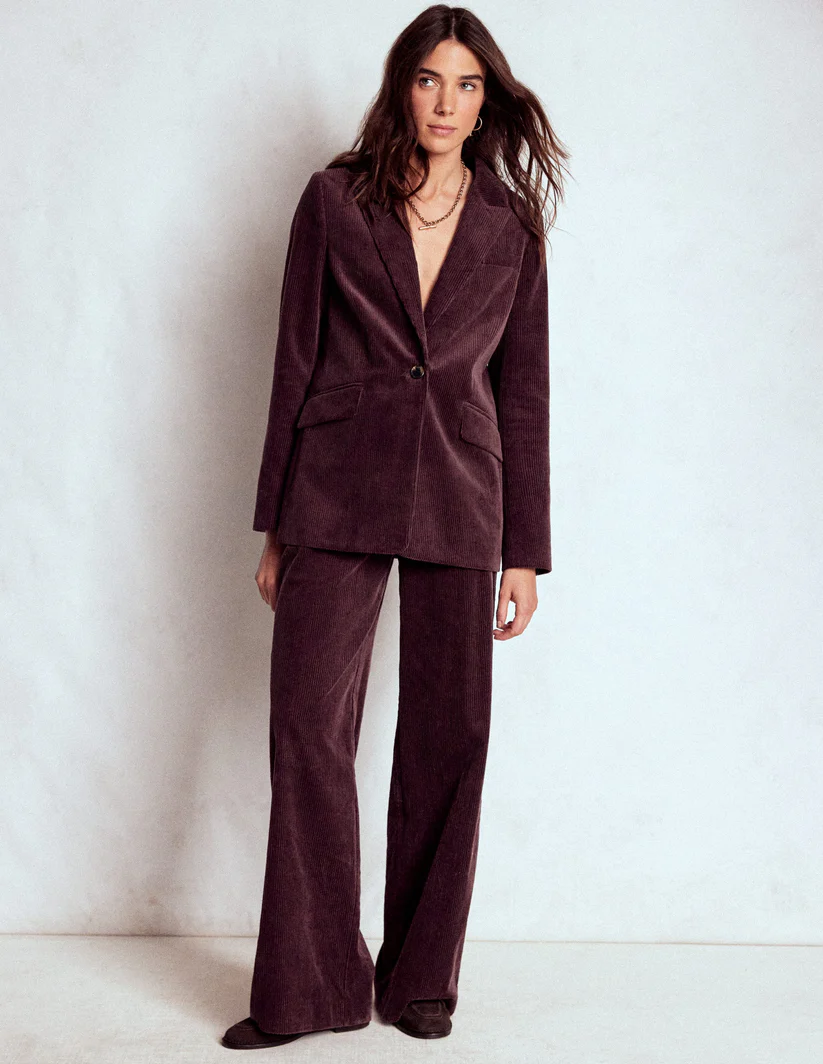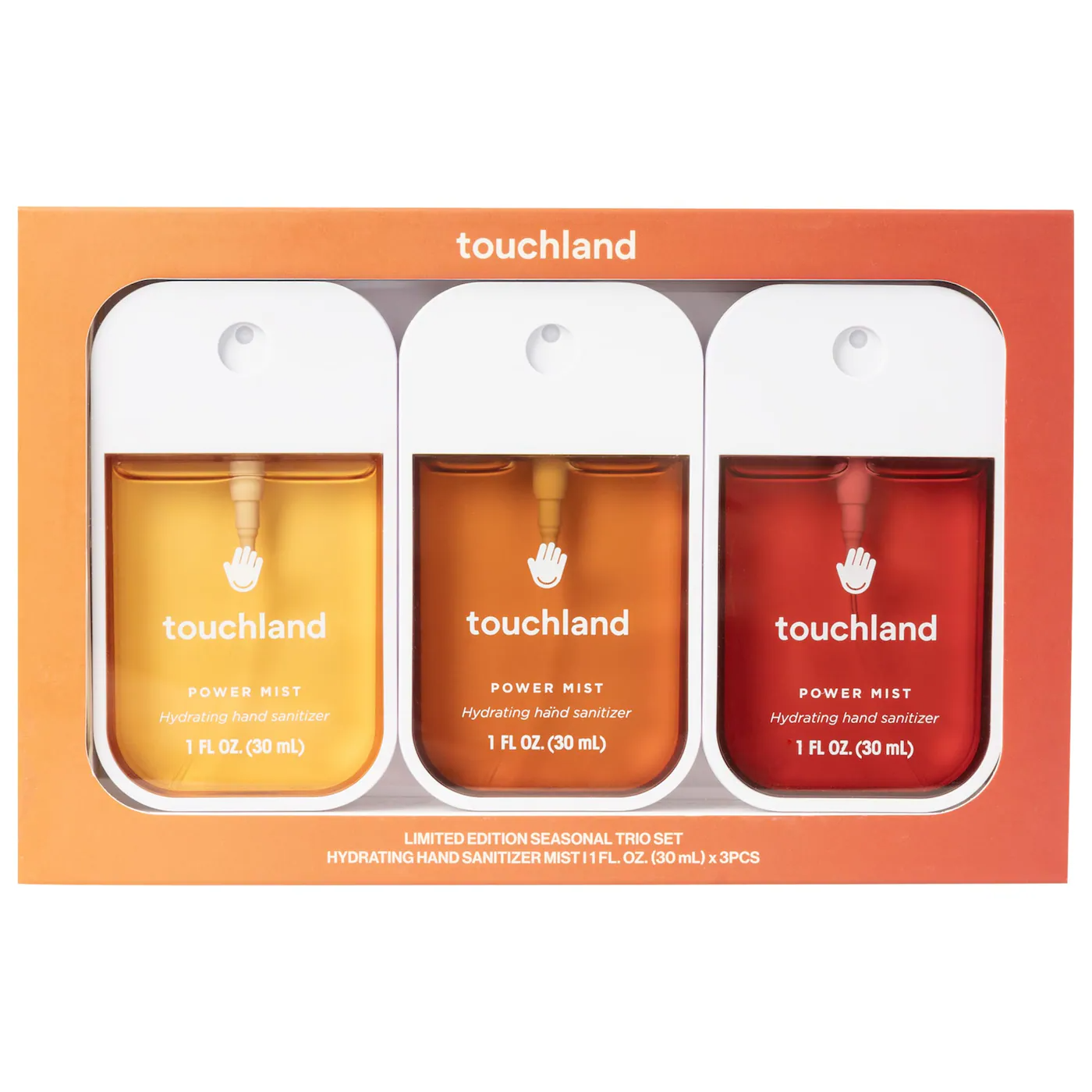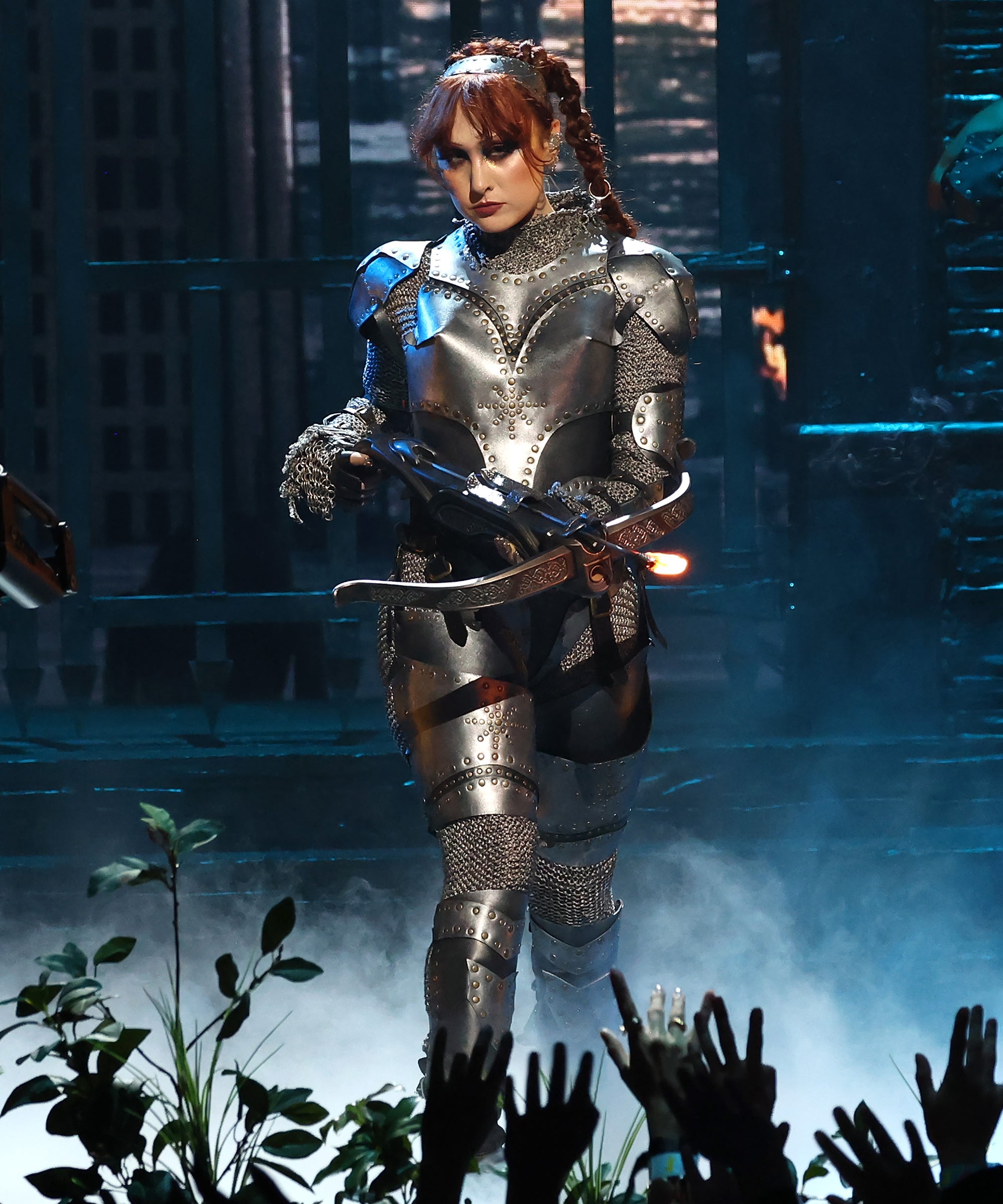
.disclaimer{width:90%;margin-bottom:1rem}.disclaimer__lines{width:100%;margin:0 auto;border-bottom:1px solid #999;padding:0;max-width:150px}.disclaimer__copy{width:100%;max-width:355px;font-family:Brown Regular,sans-serif;font-size:.9rem;font-weight:300;line-height:1.3em;color:#333;padding:0 0 .4rem;margin:1rem auto;text-align:center}
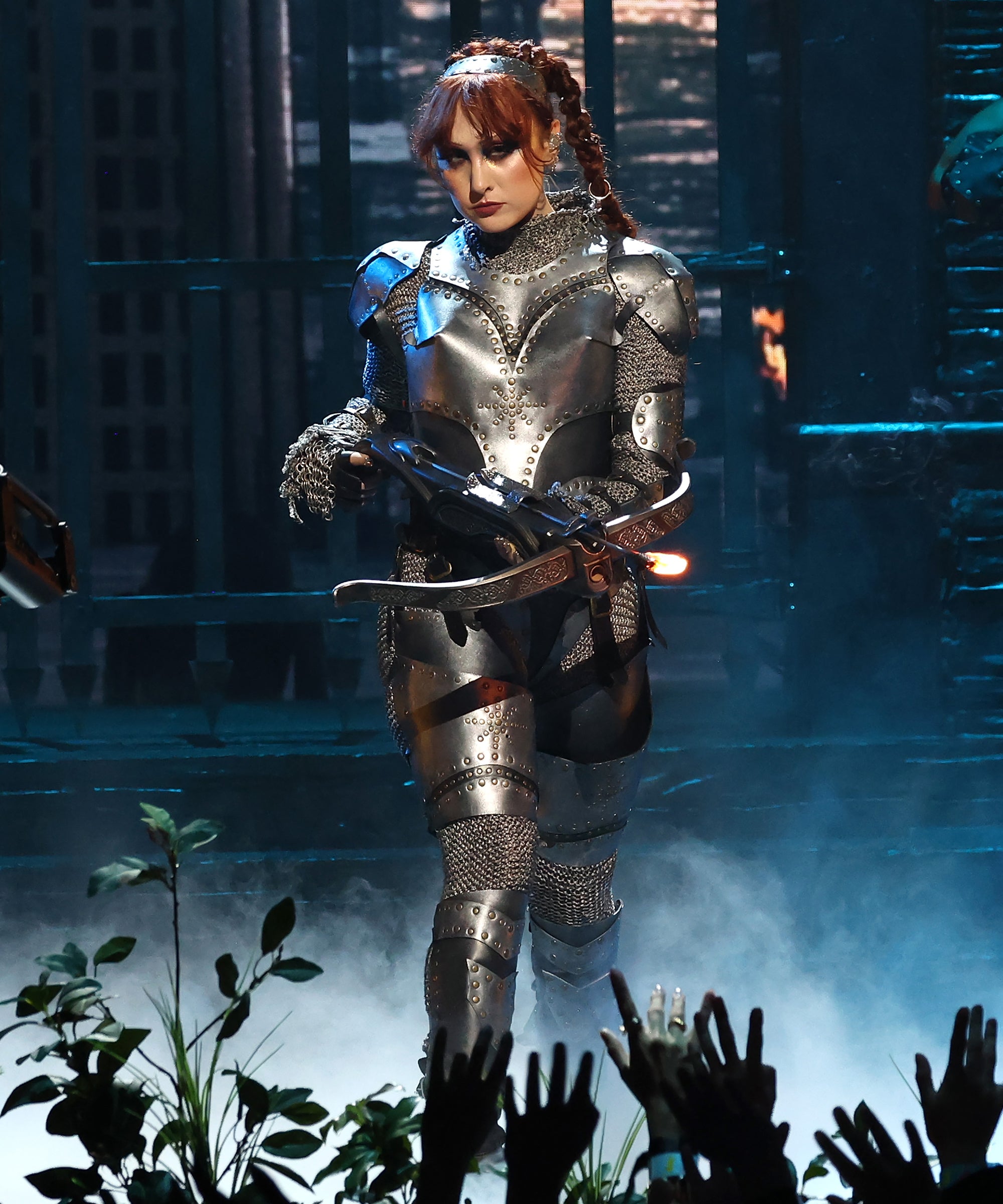
Here ye, here ye! Gather round, for I have a wondrous tale of magic and mysticism to weave, of chivalry, of adventure, of romance… and of fall fashion. This season, we’re not looking forward for style inspiration, nor even to the very recent past — the trend cycle is turning to the Dark Ages, literally; we’re all going medieval.
I noticed the trend first taking shape at Rabanne. The brand’s spring/summer 2024 collection — a veritable feast of fringed, chainmail hoods — was an homage to the brand’s founder, Paco Rabanne, and the space age chainmail he first introduced in 1966.
Following suit, the fall/winter ‘24 runways eagerly took up the mantle. Consider, the armour-like corsets at Di Petsa, tunic-style dresses at Aniye Records, a chainmail headpiece made with keys at Dilara Findikoglu, and an ancient tapestry-inspired dress at Loewe. But it was Dior’s Resort ‘25 show that took it to the next level. Set at Drummond Castle in Perthshire, Scotland, models stalked through the gardens in lace-up corsets, cloaks, gothic-style gowns, chainmail knit dresses, leather arm braces, studded harnesses, and very literal Joan of Arc-style breastplates. It felt almost like Dior’s Creative Director, Maria Grazia Chiuri, was assembling her models for battle.
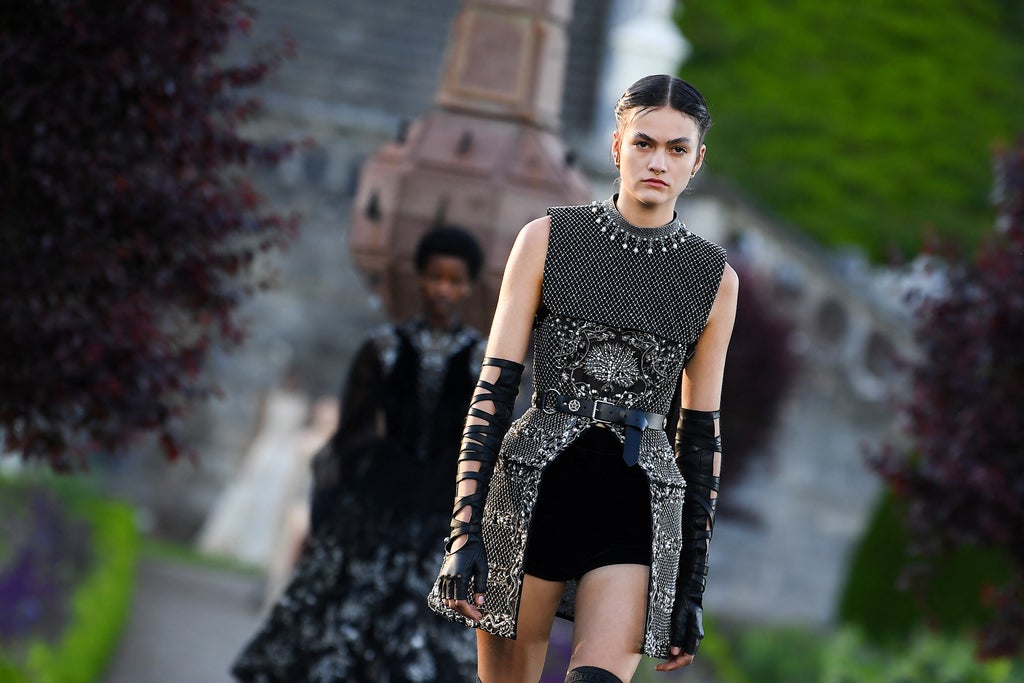
It’s not just the fashion world that’s obsessed. Pop culture is riding hard for all things medieval lately, too. Just take a look at the 2024 VMAs, where one pop megastar (ahem, Taylor Swift) donned one of Dior’s plaid, corseted high-low gowns, complete with lace-up leather arm braces and thigh-high boots, whilst another (Chappell Roan) dedicated her entire night to an array of medieval looks. Starting with a sheer, flowy Y/Project gown, Roan accessorised with a 300-year-old velvet robe, a massive crucifix pendant, dagger-like nails, fingerless chainmail gloves, gauntlet-style cuffs, and an actual sword. And, just to complete the fantasy, she was accompanied by an actual medieval-style bodyguard and a 600-year-old rug to walk on. (Because of course, why not? Chappell Roan doesn’t do anything by halves when it comes to fashion.)
Roan then took to the stage and took things up a notch, donning a full suit of armour to shoot a flaming crossbow and perform her hit, “Good Luck Babe”, with an assortment of armoured dancers. (She followed it by accepting an award for Best New Artist in a Rabanne chainmail dress and matching veil.)
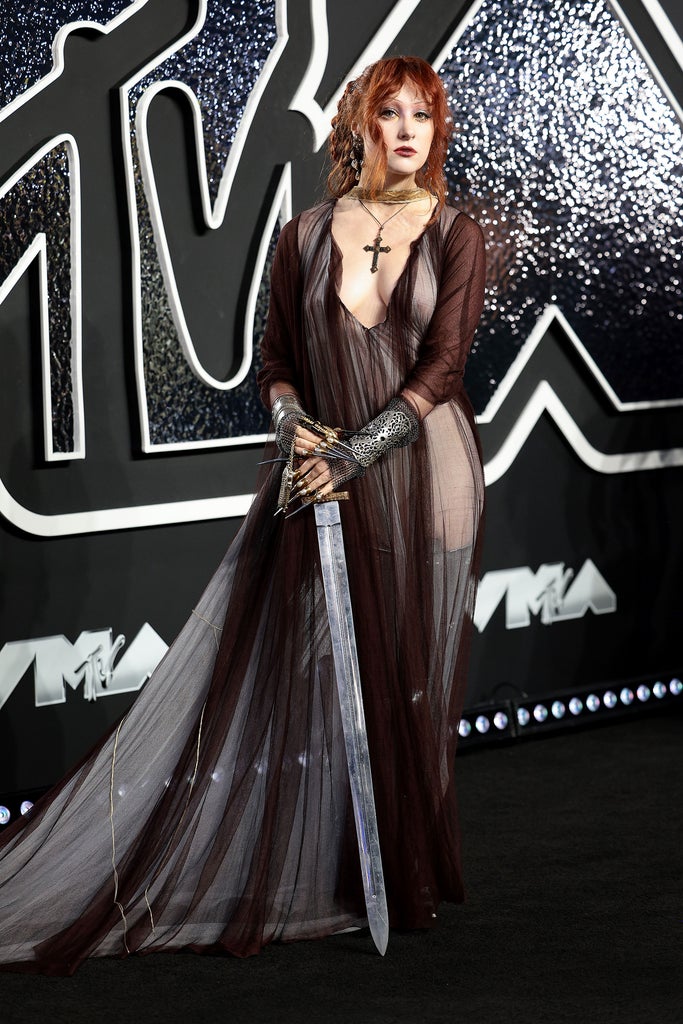
Since all this is happening in the year 2024, the aesthetic has — of course — been granted a handy-dandy, social media-friendly nickname: You’ll see this trend referenced as either medievalcore, medieval weird core, or ‘weirdeval’ over on TikTok, popularised by accounts like @nichefashiongirl and @lauralaurachova. But, like most “cores,” it’s not a new sensation. There have been several resurgences. In the late ‘90s, there was the witchy whimsigoth aesthetic, heavily inspired by medieval fashion (see Jean Paul Gaultier S/S 1994, Betsy Johnson F/W 1997, and Anna Sui F/W 1998). Before that, a cultural obsession with Arthurian myth in the late ‘60s (see the rise of medieval, psychedelic folk rock, and films like 1967’s Camelot). Turn back the clock even further, to the mid-1880s, and the Pre-Raphaelites were calling back to the Middle Ages and chivalric romances in their art, poetry, and aesthetic ideals.
But why has medieval influence made its return now? Partly because, just as in the mid-1880s, late 1960s, and late ‘90s, we’re in a period of political change and upheaval. The Middle Ages were fraught with division, war, moral panic (saints versus sinners) and marked class divides (kings versus peasants). Fairy tales, folklore, high fantasy, and historical myth have long been accessible forms of escapism. Now, we just have the internet to make it even easier.
“‘Medievalcore’ represents a fusion of historical appreciation and escapist fantasy, tapping into the growing enthusiasm for LARPing (live-action role-playing),” explains Depop’s trends specialist and TikTok creator Agus Panzoni. “Additionally, pop culture has played a key role in the rise of medieval aesthetics, from HBO’s House of the Dragon to the viral success of the ACOTAR book series on TikTok, both introducing Gen Z to a blend of medieval history and fantasy.” According to Panzoni, searches for armour on Depop are up 128%, chainmail 127%, corsets 101%, and coifs — a medieval type of headpiece — up 833% since the start of the year.
Sydney Stanbeck, head of global trends and insights at Pinterest, agrees, noting that the platform has also seen searches for “Renaissance faire outfits” more than triple. More and more, users are shopping directly through pins, particularly for niche items like veils, handmade chainmail, replica armour, and medieval-style corsets — many of which can be found on crafter-to-customer sites like Etsy.
In a sense, medievalcore is the natural progression from the coquette aesthetic — the hyper-feminine, bow-and-ruffle-adorned styles that dominated 2023 — and interest in vintage fashion and period shows like Bridgerton. The difference is that, now, the high fantasy, high femme elven princess also has a sword — and knows how to use it. Medievalcore is beautiful but battle-ready, primed for a generation of young people fighting for reproductive rights and against gender violence. It’s a means to escape reality and a way to face it head-on.
Medievalcore is beautiful but battle-ready, primed for a generation of young people fighting for reproductive rights and against gender violence. It’s a means to escape reality and a way to face it head-on.
It’s no wonder why, then, we’re also witnessing renewed romanticism surrounding figures like Joan of Arc — who, technically lived through the early Renaissance, but medievalcore isn’t too particular about its references (rather, it’s like a smorgasbord of historical and fantasy references. You can cherrypick based on which ‘character’ you would like to embody).
“[She’s been] dubbed ‘The Patron Saint of Gen Z’ on TikTok, with searches for her on Depop up +484% from July to September,” Panzoni explains. In fact, it’s just been announced that Baz Luhrmann will be directing a new film about the teenage martyr. Unsurprisingly, Zendaya is way ahead of us — she dressed up as Joan of Arc for the 2018 Met Gala, the theme of which was ‘Heavenly Bodies: Fashion and the Catholic Imagination’. But she’s not alone in the fan club; it’s practically a right of passage for cool girls to dress as Joan of Arc. Lorde did it in 2017, Chloë Sevigny in 2007, Fiona Apple in 1997, and Kate Bush in the 1980s. Most recently? Abigail Morris of The Last Dinner Party dressed as Joan of Arc for Halloween and Jenna Ortega described Joan as her dream acting role. (Fingers crossed Bad Luhrmann gives her a call!)
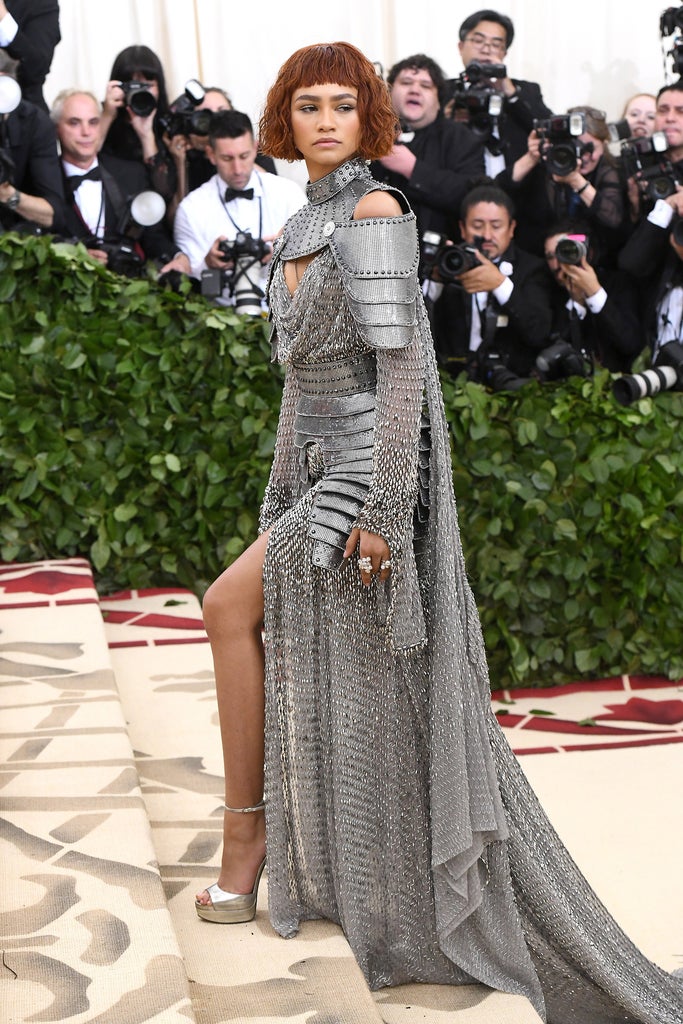
Naturally, I too want a slice of the medieval action — I mean, who doesn’t want to dress like a knight about to go into battle or an ethereal lady of the lake? And so, I took on my own quest, determined to find the very best medieval attire out there (or at least, medieval-inspired if the styling is right). Read on for all my most treasured discoveries. Of course, there’s plenty of costume inspiration here if you are desiring a true-to-character look, like Chappell Roan or Zendaya, but also plenty of styling tips for more subtle slayage. Consider this the ultimate guide to mastering the medievalcore aesthetic this fall and winter.
Medieval-inspired fashion
Mimic armour with light chainmail pieces, metallic knits & sequins
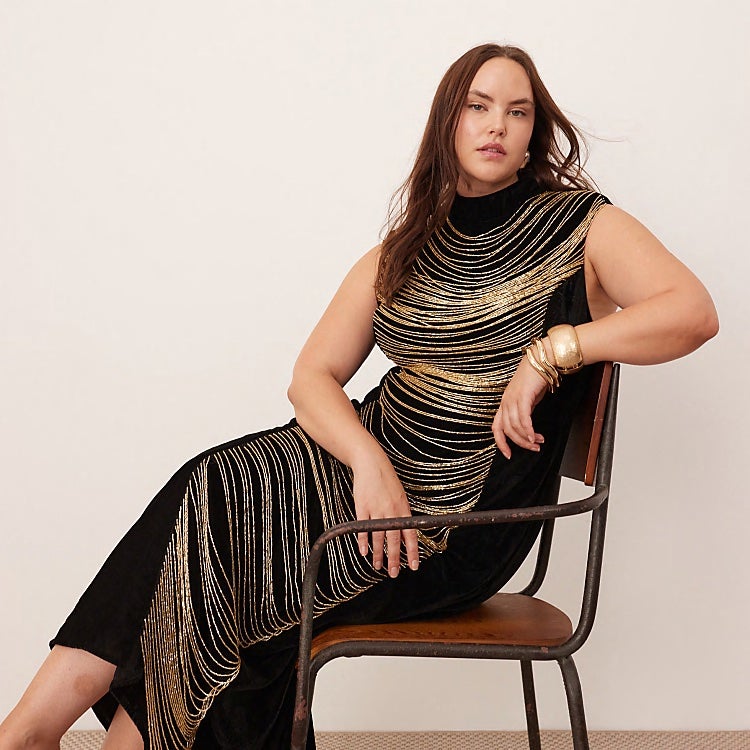
Naturally, any medieval knight worth a heroic ballad or two needs a set of armour. Unfortunately, a full set of clanking metal is not only impractical but also sure to raise some eyebrows (like in that picture of Fiona Apple). Instead, mimic the appearance of armour and chainmail with molten metal pieces, lightweight metallic knits, draped chains, and sequins.
Fantasy & medieval tapestry motifs (hint: look for unicorns)
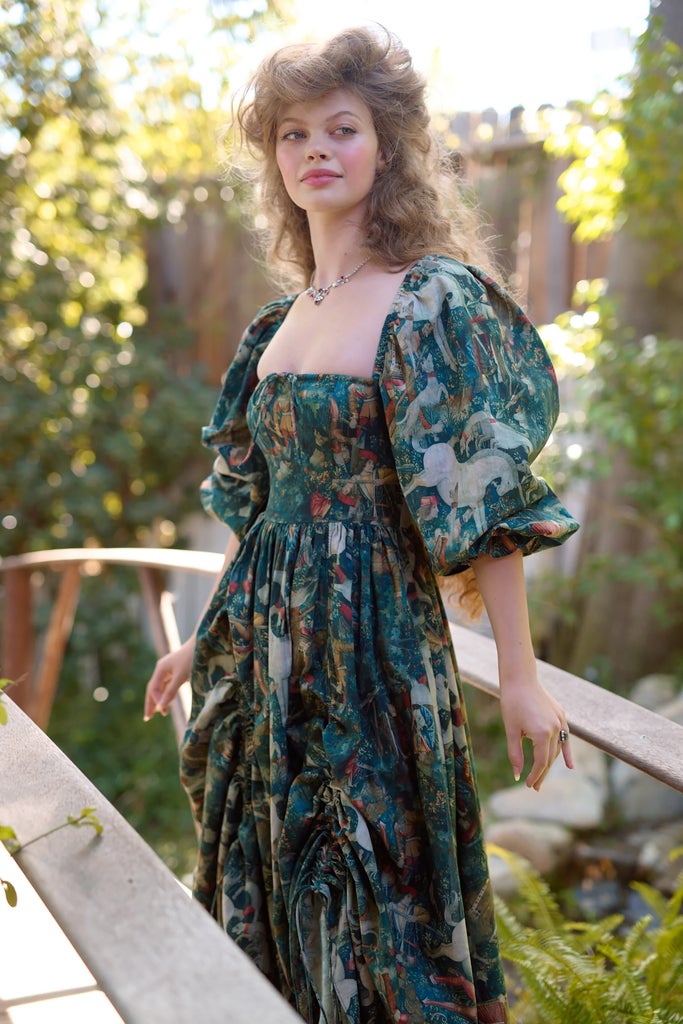
One of the most iconic and recognisable motifs of medieval art is the unicorn, a symbol of purity and chastity most notably seen in “The Unicorn Tapestries”. A subtle way to nod to your medieval inspirations is to dress with similar iconography. Luckily, plenty of modern-day designers are also inspired by the mythical creature, from Selkie’s The Last Unicorn collection to Samantha Pleet’s Coat of Arms corset.
You can’t go wrong with velvet in a rich jewel tone
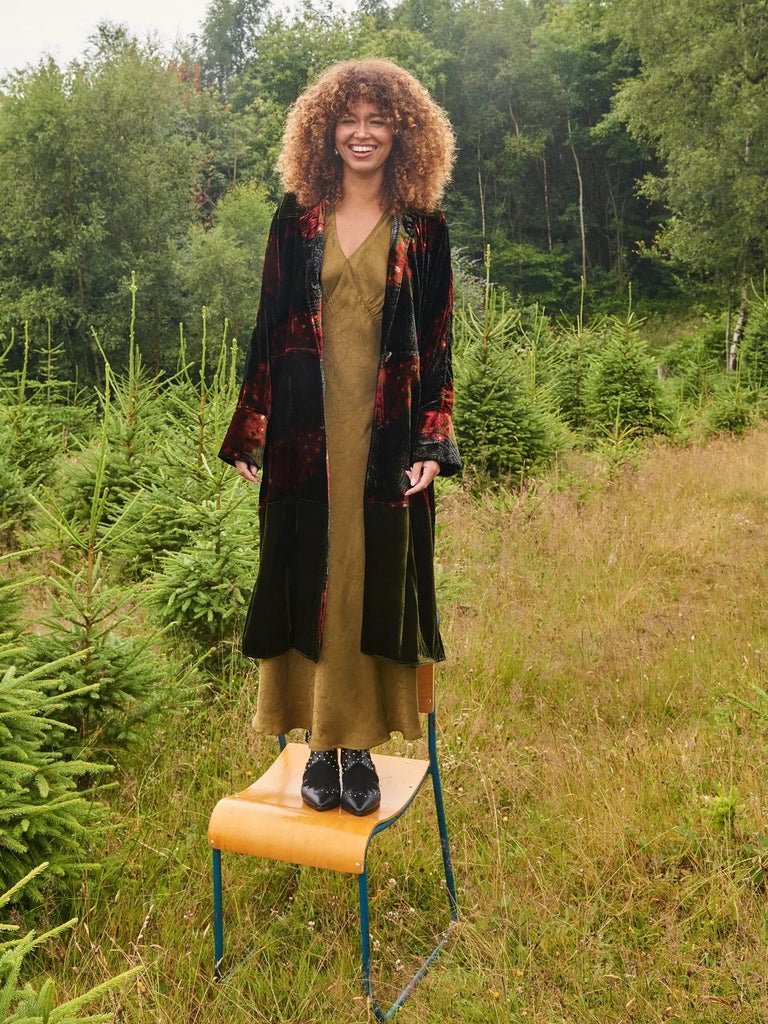
Imagine a medieval queen. What is she wearing? I bet you’re envisioning a sweeping gown in a rich, sumptuous velvet. The color? A bold jewel tone like emerald green, ruby red, sapphire blue, or amethyst purple. Of course, in reality, most medieval women probably wore simple wool dresses in neutral tones, but this is fantasy and you don’t need to limit yourself. For a more wearable take, consider a velvet blouse or jacket — it’ll add a regal touch to even the most basic of outfits.
Don a hood or hooded dress for an air of mystery
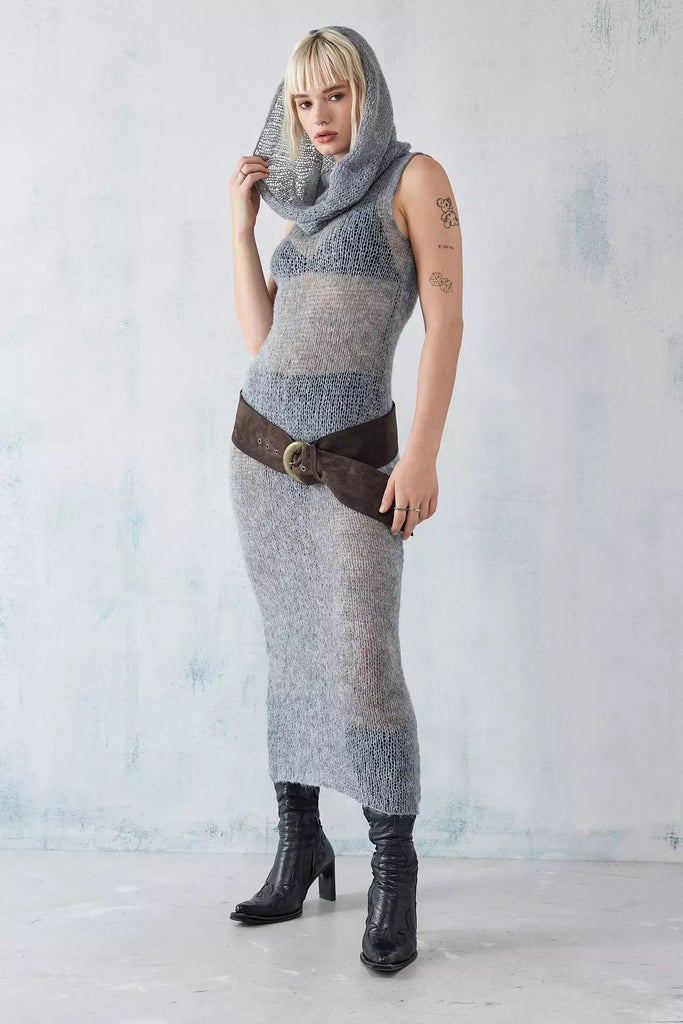
Hoods were a vital part of medieval fashion. For knights, armoured ones shielded them from weapons, whilst thick woollen ones provided protection from the elements. Since we no longer have to contend with rogue arrows and long, treacherous journeys on foot anymore, opt instead for a 2024-appropriate sheer knit dress or silky top. Perfect for your next party, too!
It’s all about the sleeves: from puff ball & Juliet designs, to extra wide, flowing bell silhouettes
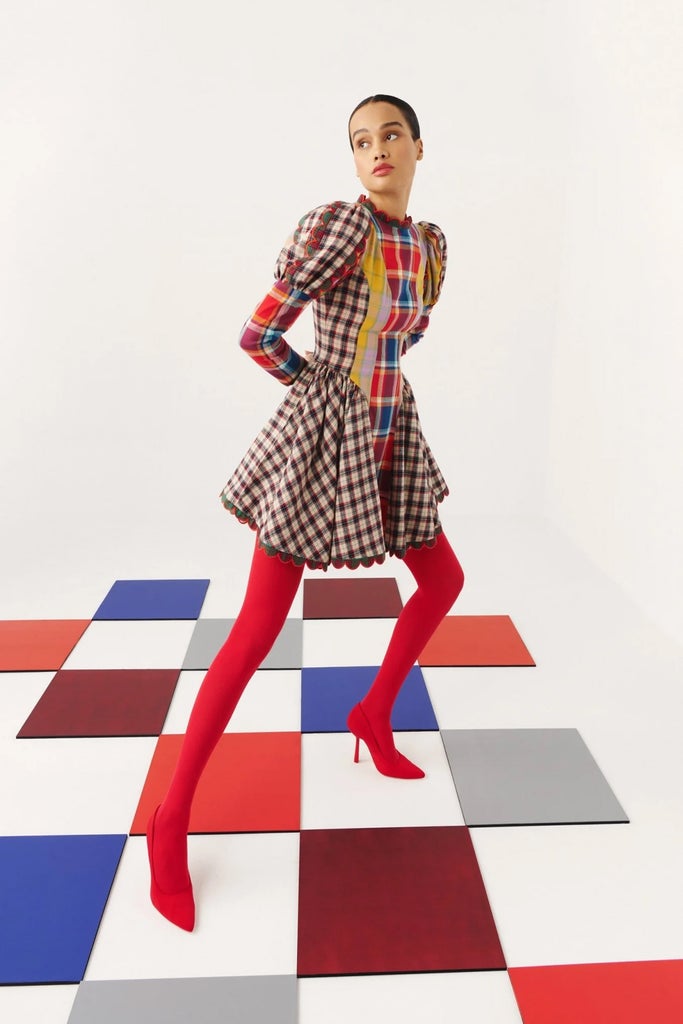
When it comes to medievalcore, sleeves are big business. From big and puffed to long and flowing, just make sure yours make a statement. My personal favorite? The Juliet style, so named for the titular Shakespeare character. These are puffed and round at the top and slim through the arm.
Cloaks, capes & ponchos for all your perilous quests
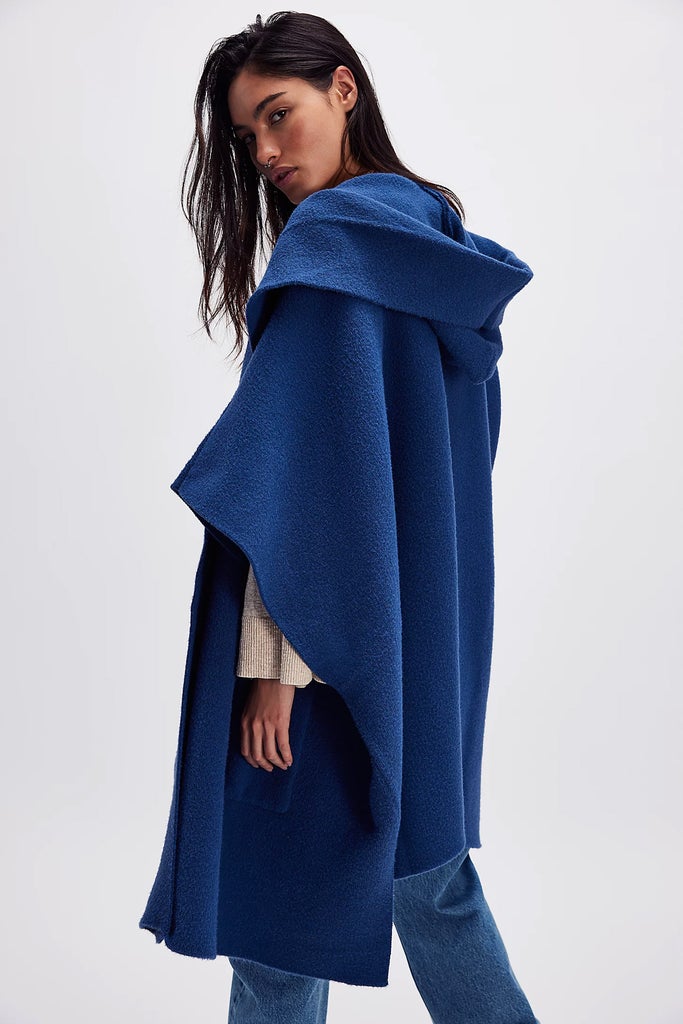
Take inspiration from Lord of the Rings characters Arwyn and Éowyn here. Of course, they’re not donning a parka or trench coat over their gowns and armour — they’re wearing flowing velvet capes and warm woolen cloaks to battle Orcs and creep through moonlit forests. Why not do the same, even if you’re just popping out for a sweet treat and coffee?
Drop-waist dresses
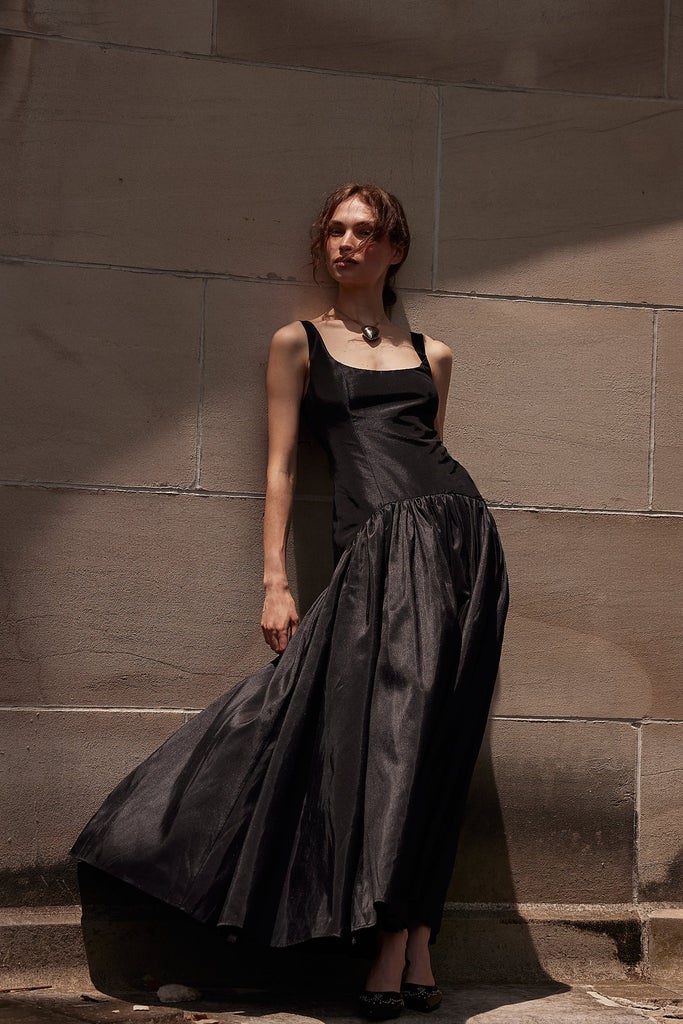
Over the summer, we noticed that the drop-waist dress had made a comeback, but in a chic, modern way — in light linen and bright, fresh shades apt for a European city break. For a medievalcore riff on the silhouette, you want a deep, dark color palette and sumptuous fabrics like satin, the likes of which you imagine an ancient queen to wear as she presides over her kingdom.
Necklines: square & off-the-shoulder
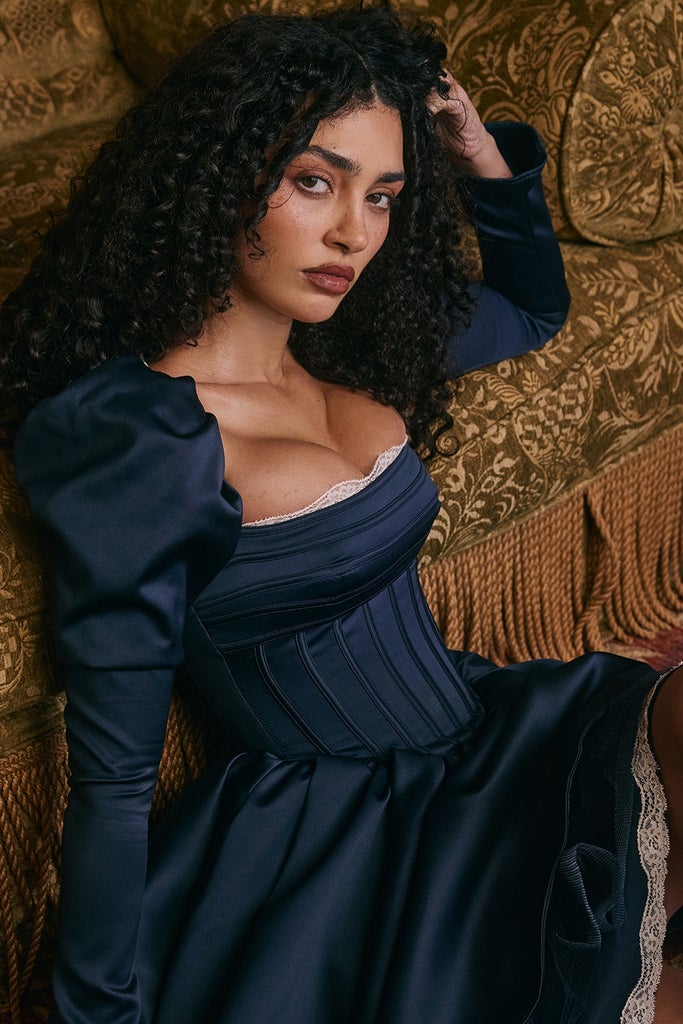
A major part of the glamour and magic of a medieval-style gown is the neckline. Probably the most commonly thought of is the square neck, but I urge you to look to characters like Morgana Pendragon from the BBC’s Merlin or Game of Thrones’ Cersei and Margaery Tyrell to inspire your fall silhouettes. They often wore beautiful off-the-shoulder dresses that showed off their jewels (remember, this is a historically-inspired aesthetic to cherry-pick from, not a factually accurate costume competition).
Corsetry & lace-up details
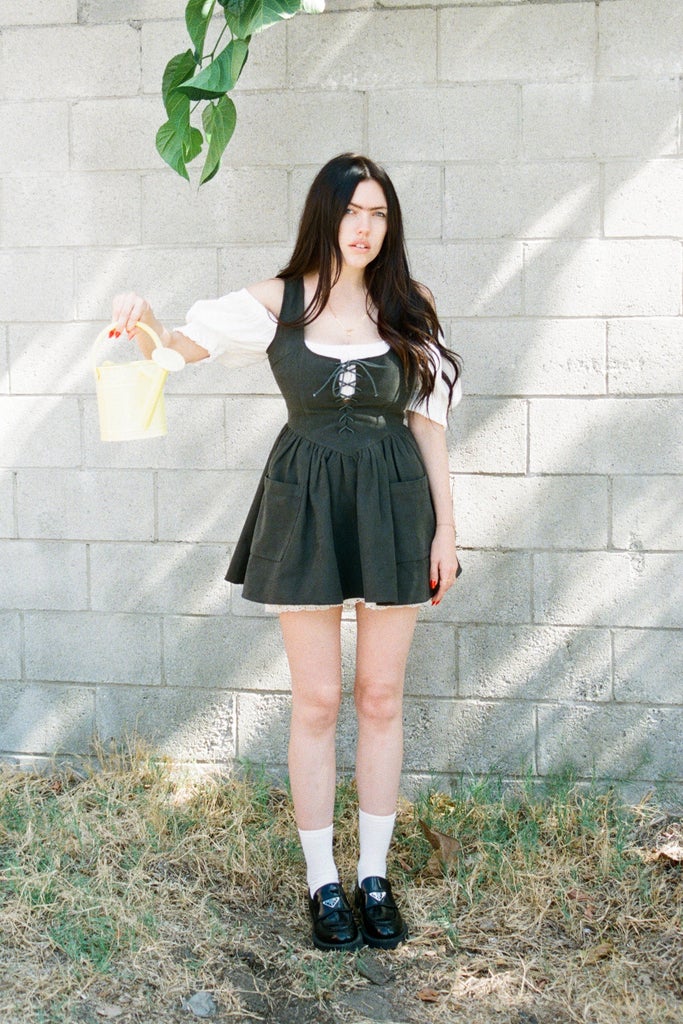
Corsets have been a fashion mainstay for a while now, fueled by period dramas like Bridgerton. A medievalcore outfit needn’t be as straightlaced as a regency-inspired one, though — a linen dress or blouse with lace-up detailing on the bust recalls the inner tunics medieval women would wear under their gowns.
Medieval-inspired jewelery, shoes & accessories
Headpieces, headbands & chainmail-inspired hoods
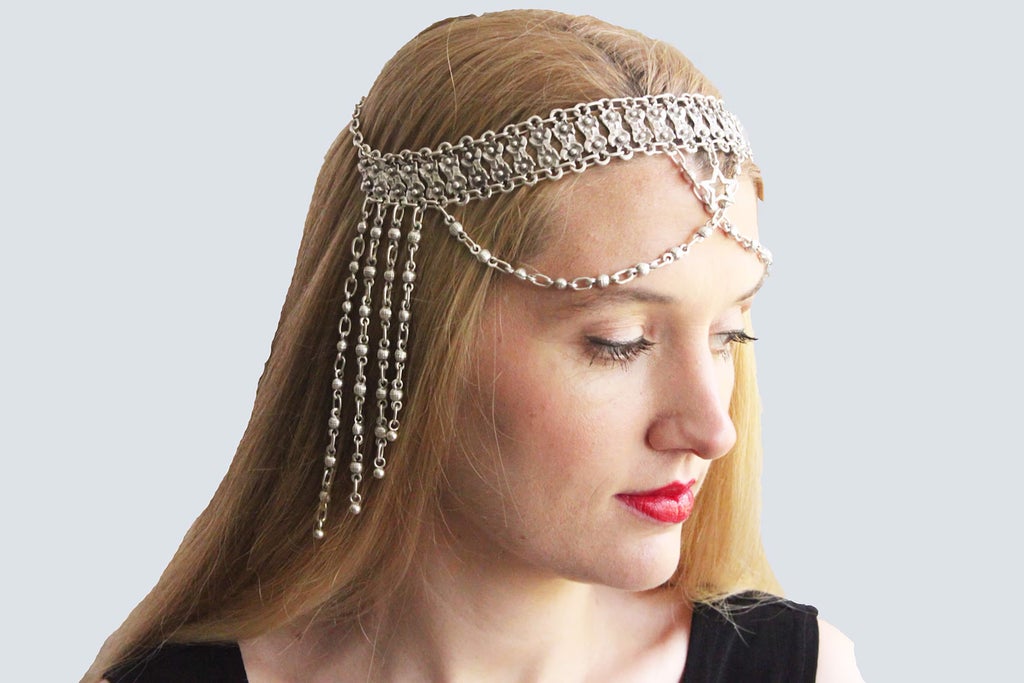
Accessories can play a major role in transforming your everyday wardrobe into medievalcore attire, headgear especially. Perhaps most recognisable is the cone-shaped hat women would wear called a Hennin, made to replicate the silhouette of a steeple. It seems modern designers are keen to bring these back: In his Spring/Summer ‘25 collection, Conner Ives paired his very own Hennin with jeans and pointed-toe sandals. A more wearable alternative would be an ornate headband — or, if you want to toughen up your outfit, a chainmail hood. (Knit options are also great for bearing the cold.)
Body chains & chainmail bodywear
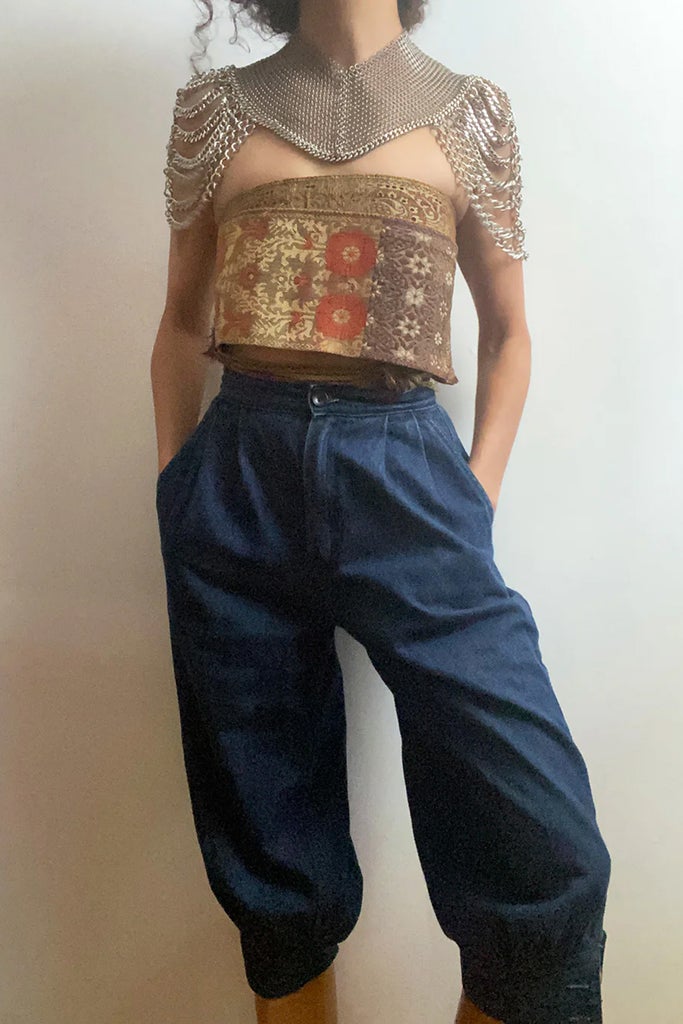
Intricate body chains or chainmail bodywear can transform even the most basic of dresses into a warrior princess get-up. I’ve spent hours daydreaming about the beautiful creations by Falconiere, which combine traditional chainmail with modern designs like halter neck bralettes, mini skirts, and girdles. (These chainmail tights the brand has been teasing on its socials are my Roman Empire).
Chainmail-inspired bags
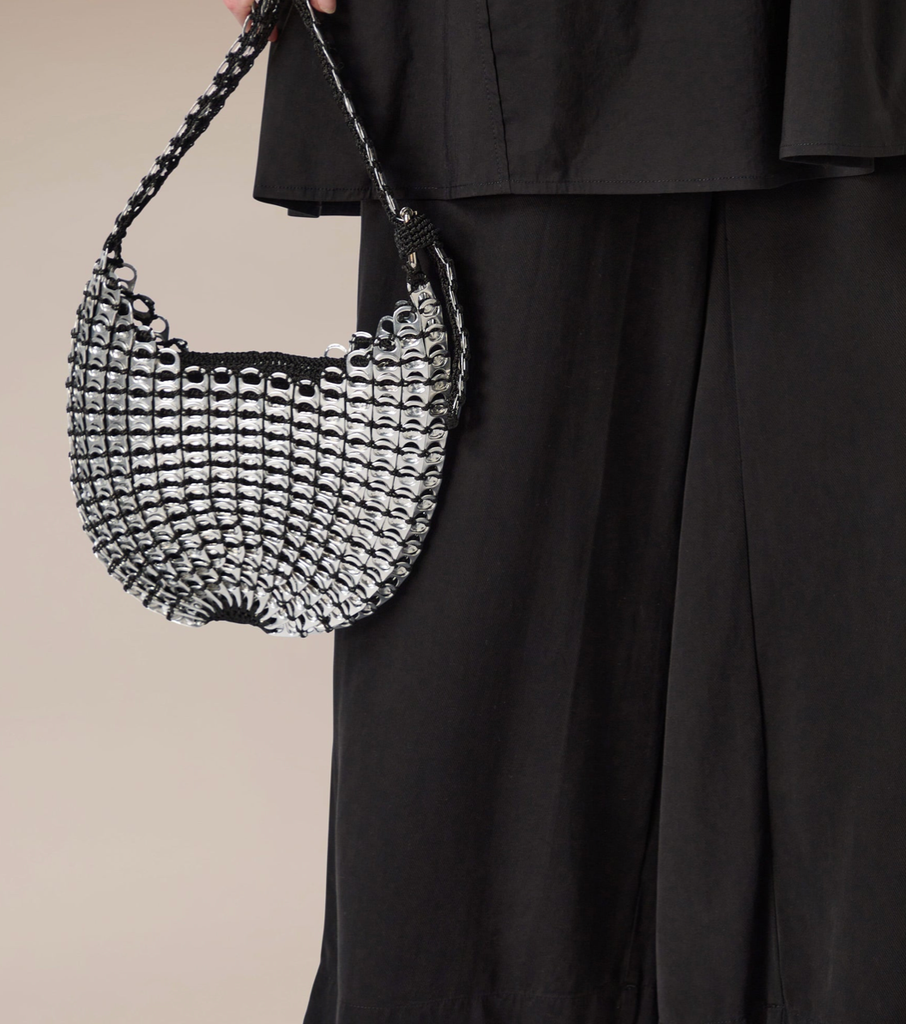
Another easy, subtle way to nod to armour is with a chainmail bag. Consider pairing your holiday partywear with one of these rather than your typical sequin bag — high-shine but with a rough and ready edge.
Medieval-inspired jewelery: Joan of Arc swords, ancient gemstones & rustic gold pieces
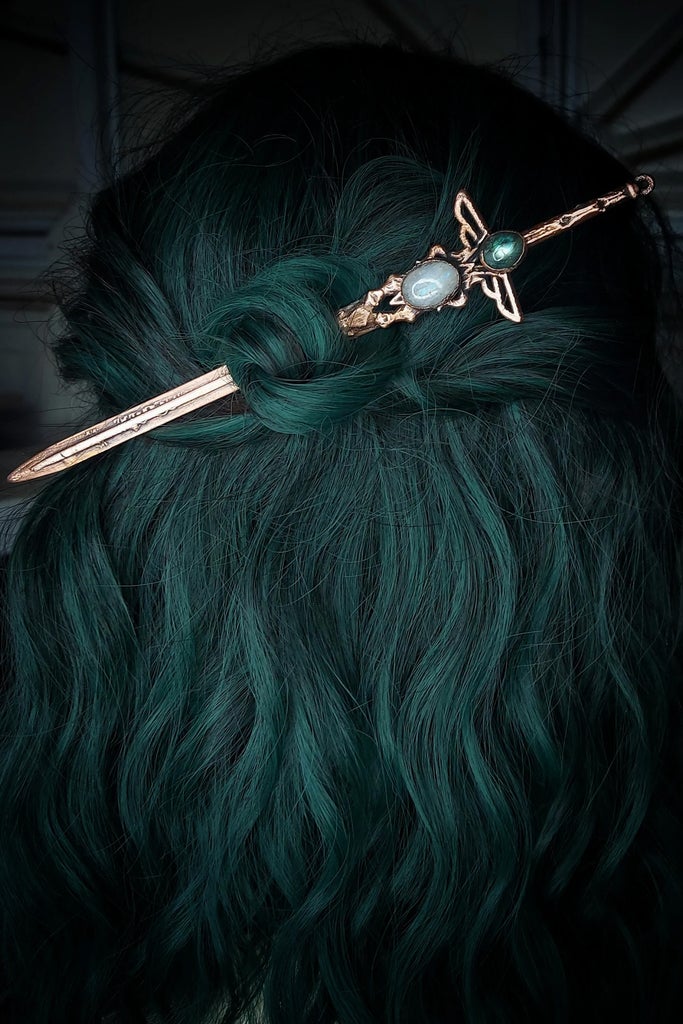
Whether you’re slaying dragons or facing modern-day demons (trying to connect to the printer, doom-scrolling, resisting another cup of coffee…), arm yourself with jewelery. Or just dress yourself in ornate jewels and gleaming gold that could be part of said dragon’s hoard.
Like what you see? How about some more R29 goodness, right here?
How To Wear The Dress-Over-Pants Trend


